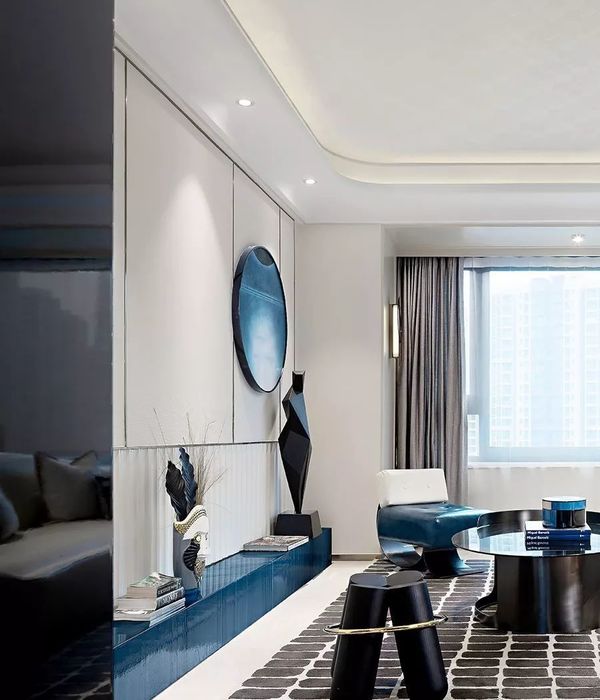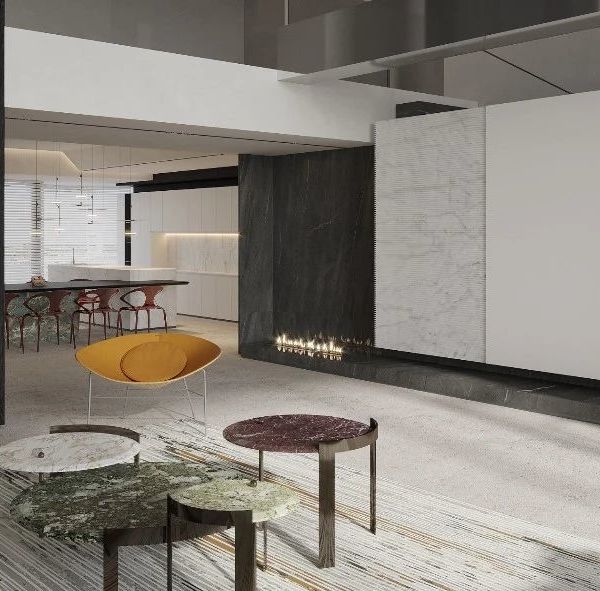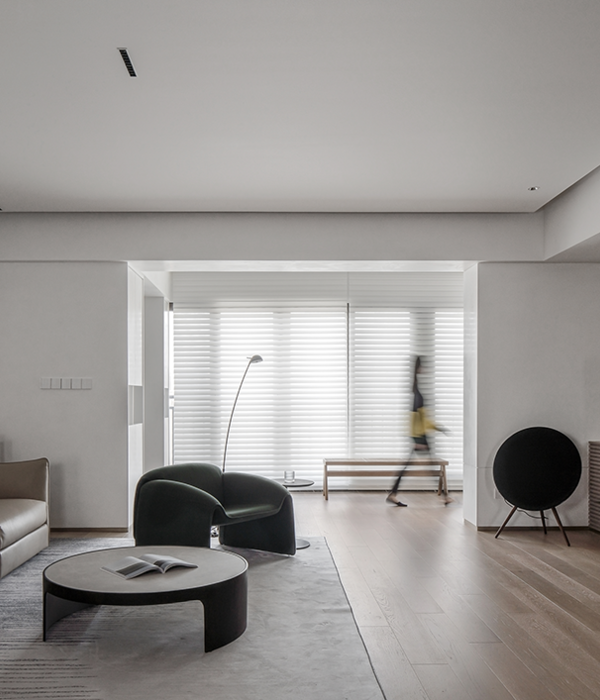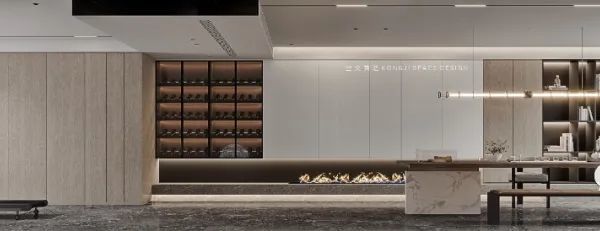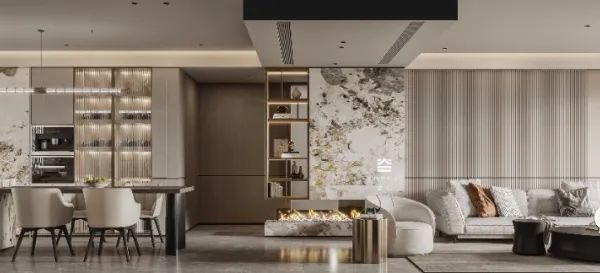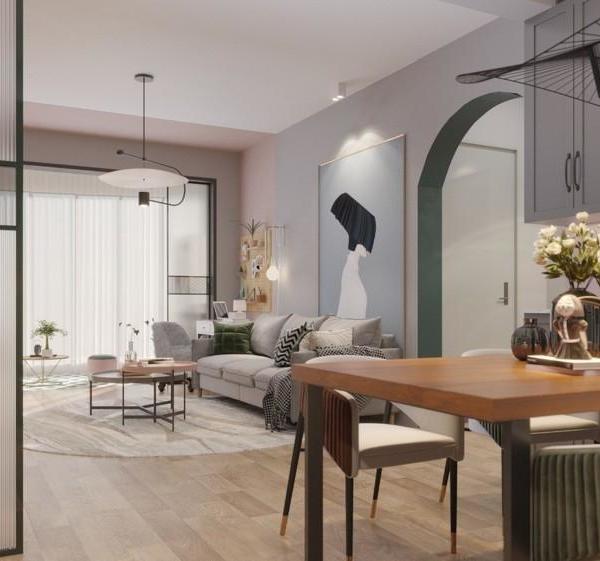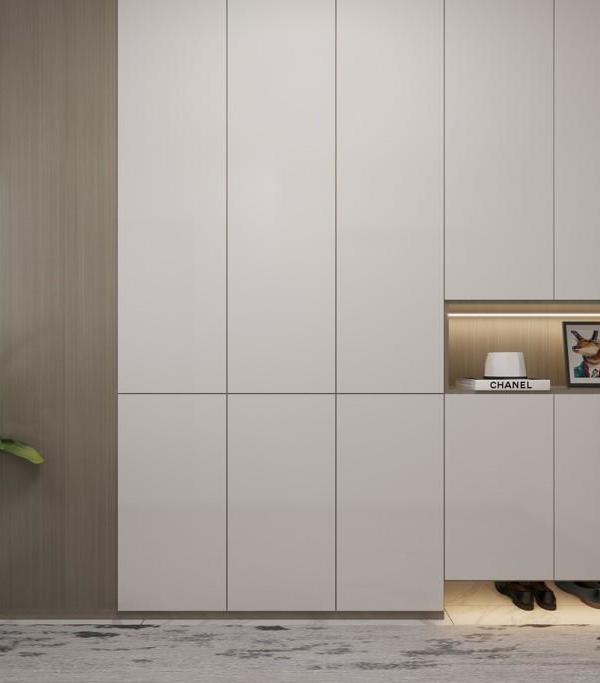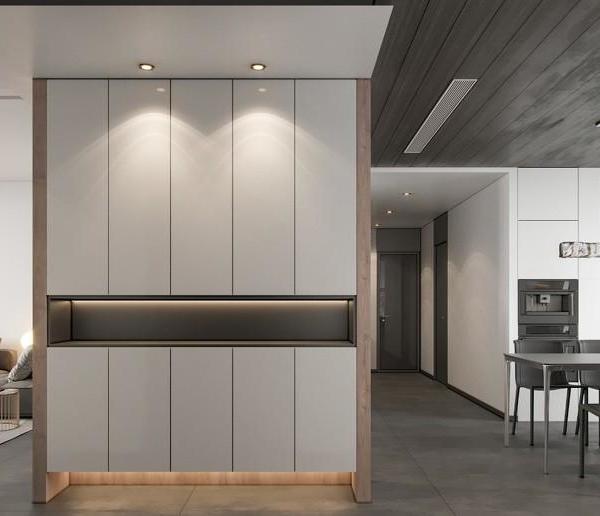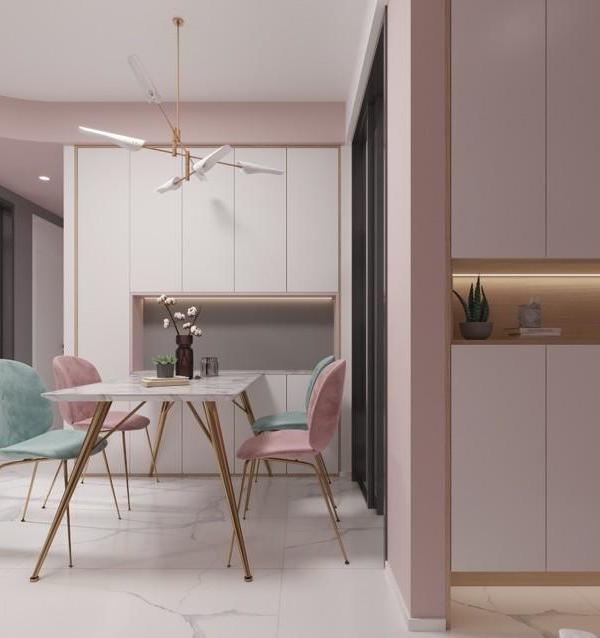Firm: nARCHITECTS
Type: Commercial › Exhibition Center Office Cultural › Cultural Center Memorial Museum
STATUS: Built
YEAR: 2018
SIZE: 5000 sqft - 10,000 sqft
Photos: James Ewing (25), Brett Breyer (4)
THE BUILDING and EXHIBITION DESIGN
The building designed by nARCHITECTS is designed to frame views of important historical landmarks, including the adjacent Seward House Museum - home of Abraham Lincoln’s Secretary of State and New York State’s 12th Governor – as well as Memorial City Hall and Westminster Church. In this way the immediate context is integrated with the exhibition content. Along with collaborators MTWTF, nARCHITECTS also co-designed the permanent exhibition, integrating interactive displays that bring to life the struggle for equal rights through songs, speeches, games, portraits, political posters, animated maps and video timelines. One of these elements - the Social Justice Table - brings people together around a circular video display highlighting legislative milestones. The building also includes a Taste NY store, public restrooms, and offices for the Auburn Historic & Cultural Sites Commission and local Business Improvement District.
Balancing its identity as a new addition to Auburn at the edge of the historic district and downtown, the design of the new Heritage Center building seeks to create meaningful connections between past and present with a sensitive contemporary design. Drawing from its historic context, the one-storey building’s form pays particular attention to proportion with large glazing shaped to echo adjacent roof lines and fine brickwork detailing. Angled brick volumes rotate and intersect creating framed views that celebrate the surrounding landscape and significant historic landmarks. Visitors to the center will enjoy the permanent exhibition while connecting to the physical out at the historic Auburn surrounding them.
A NEW PUBLIC SPACE
Landscaping surrounding the building was designed with an aim to provide a significant new public green space for downtown Auburn. A new oval shaped public square on the building’ east side across from City Hall provides a flexible outdoor space for cultural events in a setting of native plantings, pavers, urban furniture and site lighting. The new statue of Harriett Tubman by sculptor Brian Hanlon anchors its southern edge, with Harriet facing north. A grassy lawn on the building’s west side, across from Westminster Church, provides a passive recreation space. The design team also reorganized adjacent streets, narrowing the Loop Road to two lanes
and expanding pedestrian space, thereby offsetting some of the remnants of Urban Renewal planning from the 19070s.
{{item.text_origin}}

